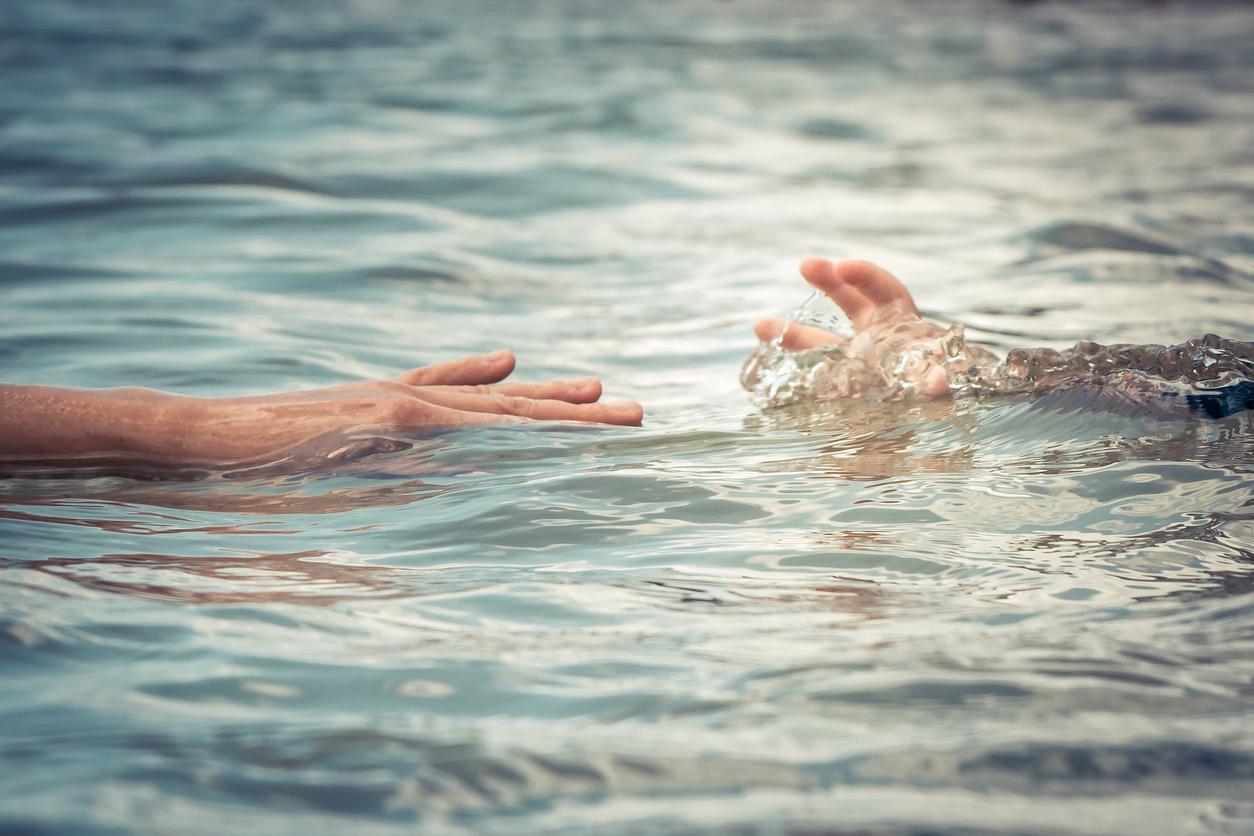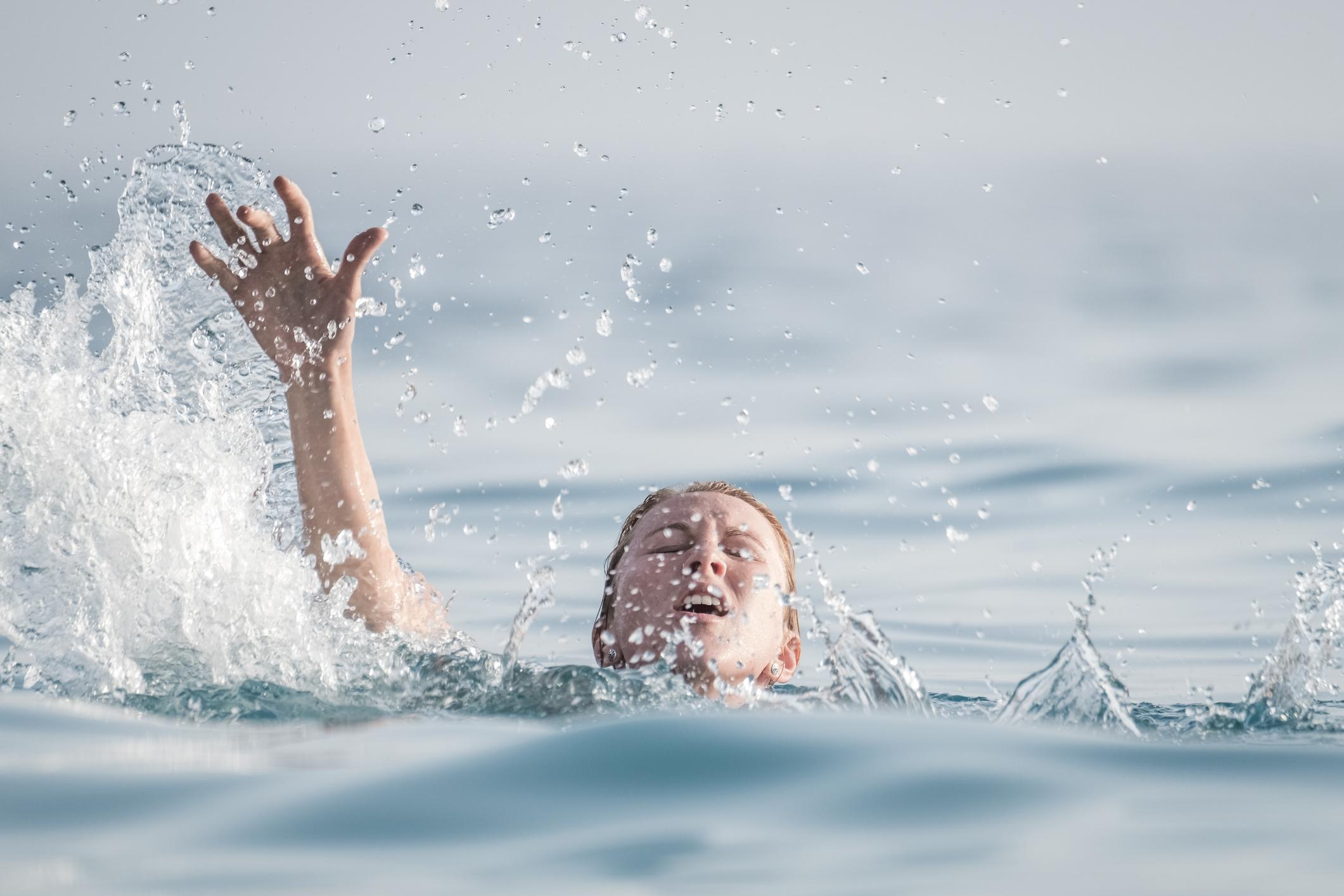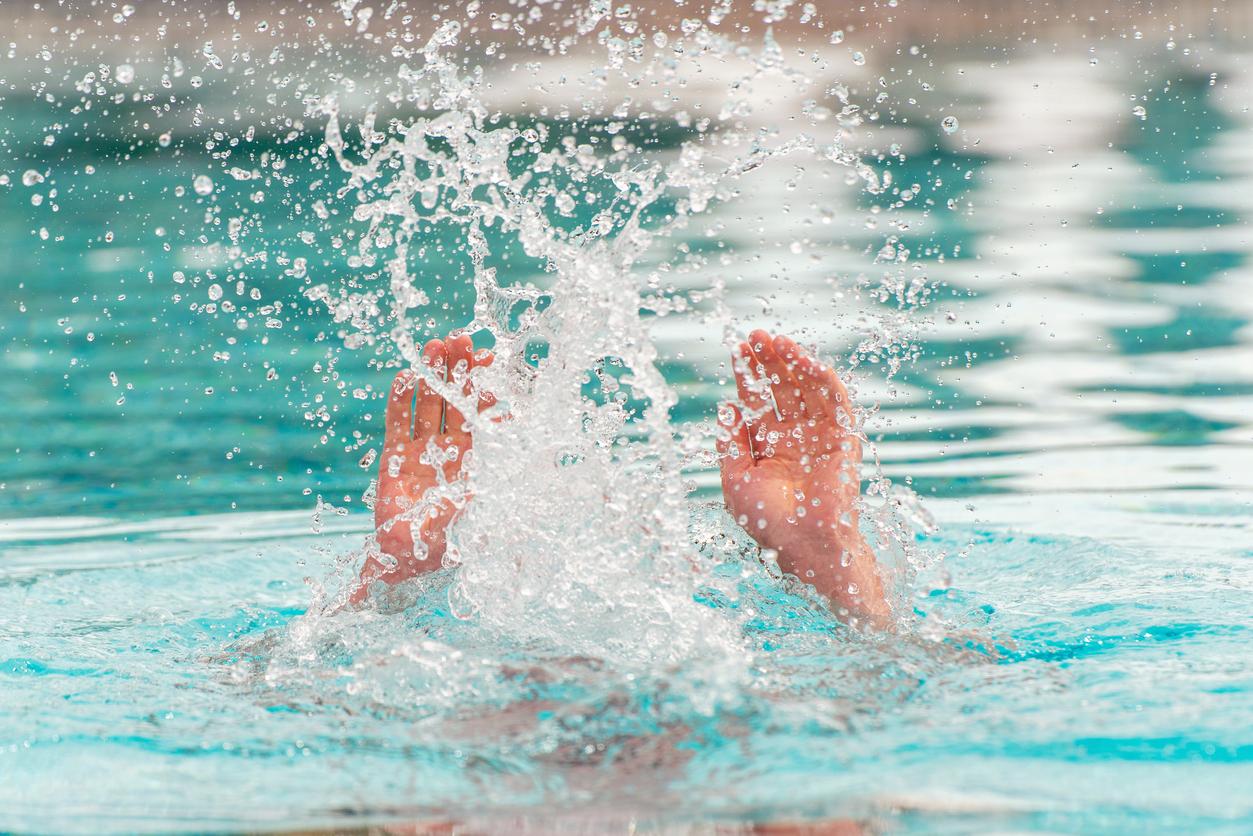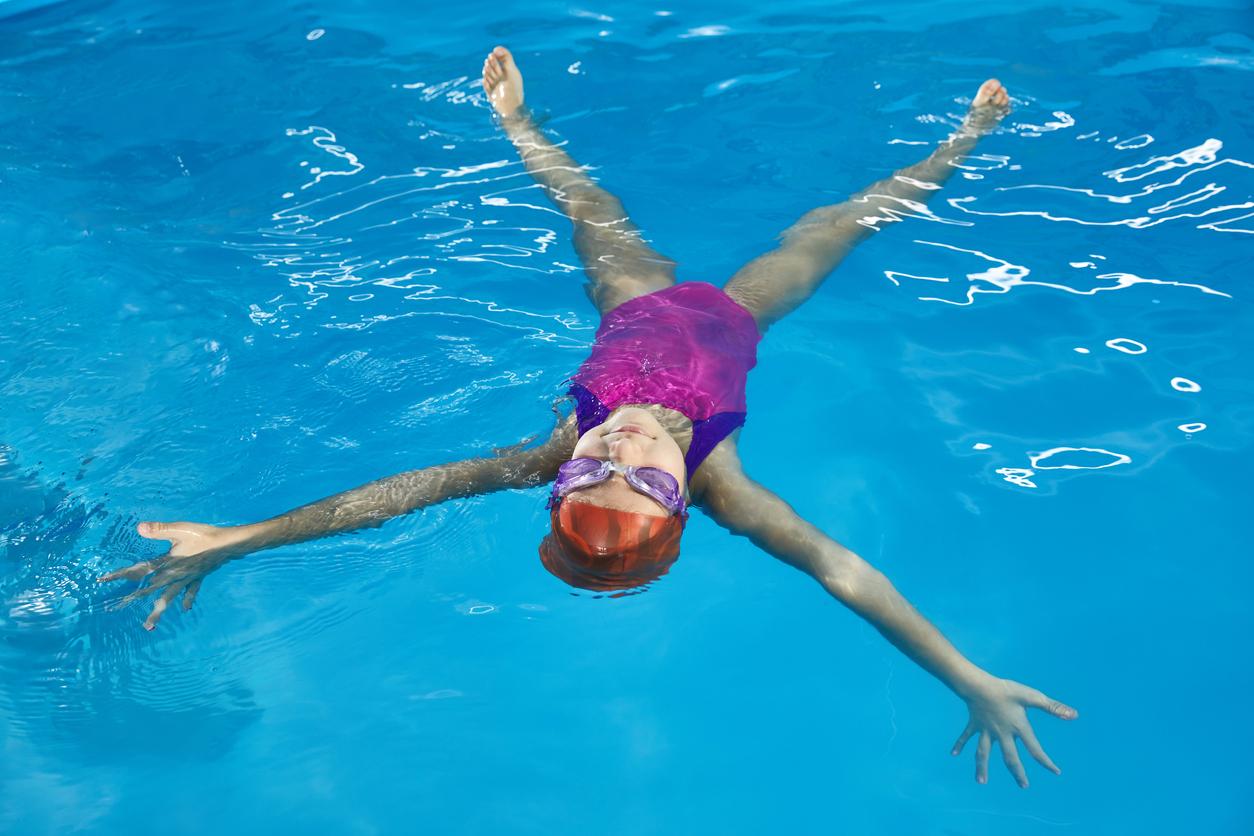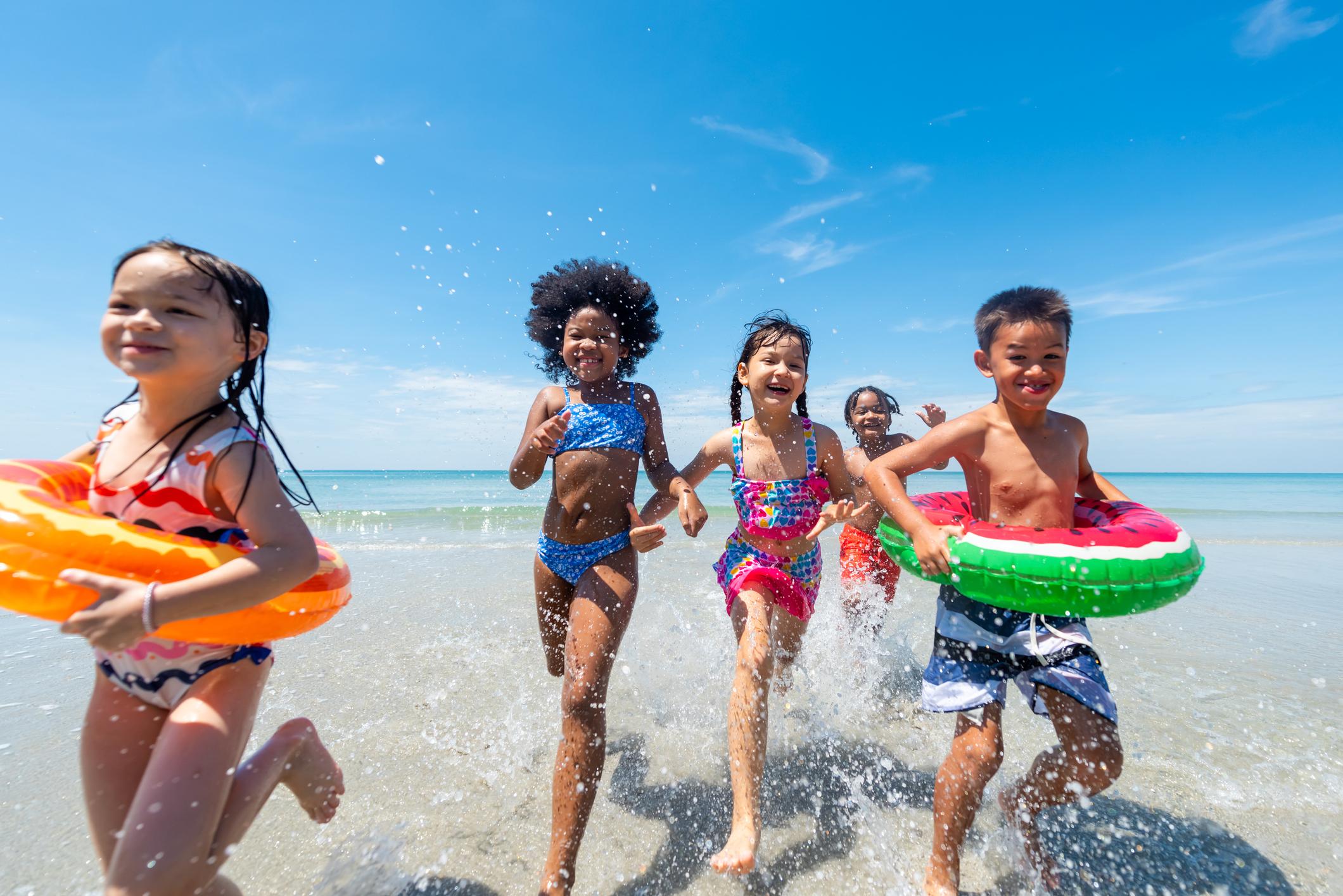In 2017, a child in Texas died days after bathing and drinking the cup. The parents then said that their son had come out of the water with a swollen stomach, before spending several days suffering from diarrhea and vomiting. In the emergency room, when the child was already inanimate, the doctors spoke of “dry” or delayed drowning. His lungs would have filled with water and he would therefore have suffered respiratory failure. But since then, this concept of dry drowning has been much criticized by doctors, in particular by Baptiste Beaulieu, who has just made a column on France Inter.
A patient came to see him this summer because she was worried that her 5-year-old child was drowning because he drank the cup. The little one had no respiratory problems, said the doctor. He mentions this example because since the accident in 2017, the anguish of seeing one’s child die from a sip of water swallowed wrong is common.
The Swiss medical journal also specifies that the Urgence Santé Foundation, which concentrates telephone calls to answer health questions, has noticed an increase in this type of call since. She specifies that she is sometimes nicknamed “secondary”, or “almost drowning”.
What would be the symptoms?
According to the Revmed website: “It would be characterized by respiratory symptoms such as dyspnea, cough, cyanosis, but also general symptoms such as a grayish complexion, chest pain, fever, and an altered state of consciousness and would be fatal. This drowning appears after an asymptomatic period extending up to seven days and is more frequent in children.”
These seven days refer precisely to the accident of 2017. But Baptiste Beaulieu reminds us, this tragic event was not based on the fact that the child swallowed water: the little boy died of a heart disease which revealed itself after this swim. Moreover, Baptiste Beaulieu recognizes this: “it may turn out that these rare and dazzling illnesses, such as heart problems, occur a few days or a few hours after the child has drunk the cup while playing in the swimming pool. But these two events have no connection between them: it’s just chance and the law of large numbers.”
What do we risk when we drink the cup?
Most of the time, when you drink the cup, the water does not go to the lungs, it goes to the stomach, reminds the doctor. The glottis closes to protect them. For water not to invade the pulmonary tree, we have to lose our natural reflexes, and this can be explained in two ways: either we lack oxygen (and we try to breathe underwater ), or we are inanimate. However, dry drowning is based on the myth according to which we would swallow water which would stagnate in the lungs until we drown, this is not possible, insists the doctor.
This does not mean that inhaling water is safe, there is a side effect called “inhalation pneumonia”, which is an infection after the water has come into contact with the lungs. But that’s nothinga drowning.
Why is the term “dry drowning” inappropriate?
According French Public Health, “drowning is defined as “respiratory failure resulting from submersion or immersion in a liquid medium”. And it includes all cases, whether or not they are followed by death, according to the World Health Organization. Health (WHO) This internationally accepted definition campaigns for the abandonment of the terms dry, wet, near-drowning, false drowning, active or passive drowning.
Public Health France adds: “This concept of “dry” drowning has no scientific or medical basis“. Revmed also explains that the term does not appear in the medical literature. The Swiss site takes up the various elements that led to this amalgam of dry drowning.
The concept of secondary drowning had been put forward in the 1980s, before being refuted. The term “dry drowning” is used in forensic medicine, it refers to the absence of water in the lungs of drowned people, which is explained by a “reflex laryngospasm”, but it is also subject to debate. On the other hand, there is an “immersion pulmonary oedema”, but this follows a major effort in the water, and the symptoms are immediate, and generally moderate.
As Baptiste Beaulieu explains in his column on France Inter, there is no delayed or “dry” drowning, only “wet drowning” is real. In conclusion ? Watch your children in the water, including in the bath, to prevent them from taking the risk of drowning. But if they swallow the cup and do not show any disturbing symptoms, they are not at risk of “dry drowning”.
Sources: Radio France, Public Health France, Swiss Medical Journal










